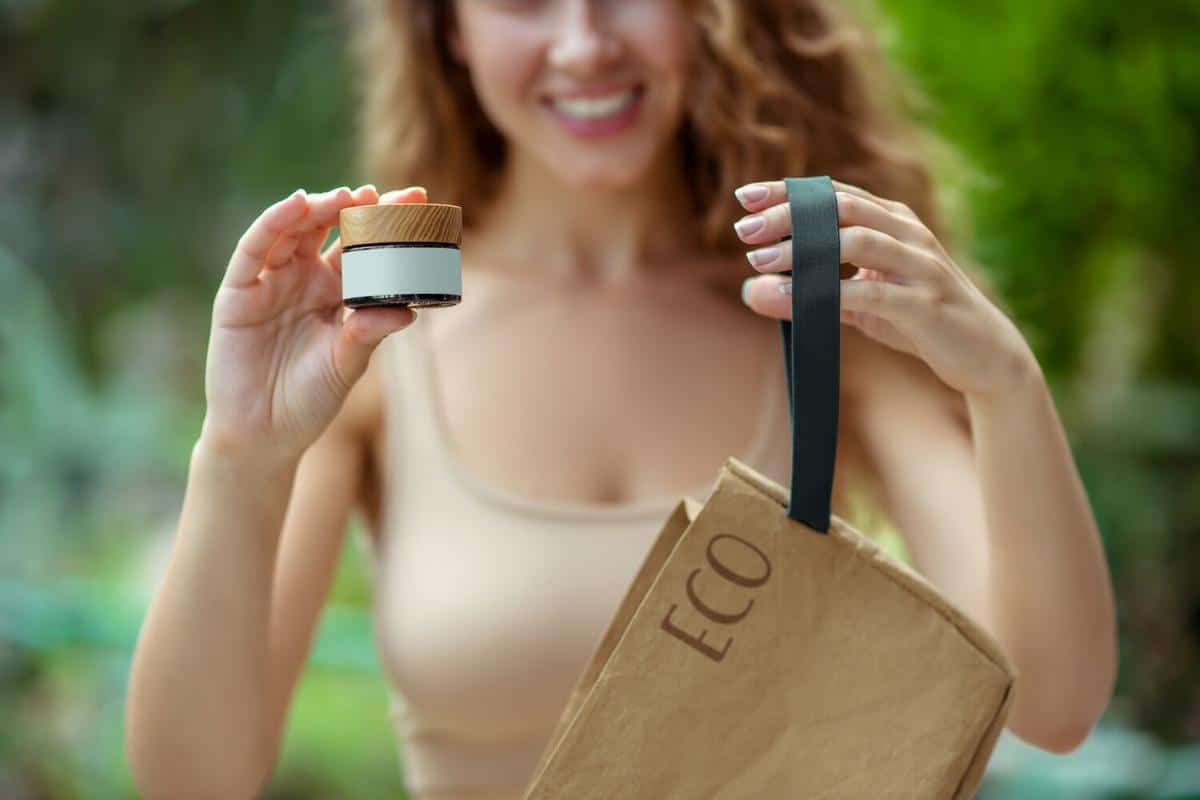
The Rise of Eco-Friendly Skincare Brands
As consumers become more conscious of their environmental footprint, the beauty industry is witnessing a significant shift towards sustainable practices. Among these, eco-friendly skincare brands are carving out a prominent niche, offering products that are not only kind to the skin but also gentle on the planet.
Eco-friendly skincare is more than just a trend; it’s a movement towards mindful consumption. With the beauty industry historically being a major contributor to environmental waste, brands are now focusing on reducing their ecological impact. According to a report by Grand View Research, the global organic personal care market is expected to reach $25.11 billion by 2025, showcasing the growing demand for sustainable products.
The Shift Towards Sustainability
Many brands are now prioritizing sustainable sourcing of ingredients, opting for natural and organic components that are biodegradable. This shift is backed by research highlighting the harmful effects of synthetic chemicals not only on human health but also on ecosystems. A study published in the Journal of Hazardous Materials found that certain synthetic compounds in beauty products can lead to water pollution, affecting aquatic life.
Expert Insights
According to dermatologist Dr. Emma Smith, “The rise of eco-friendly skincare is a response to both consumer demand and environmental necessity. Brands that prioritize sustainability are likely to see increased loyalty from consumers who value ethical production practices.”
Real-World Examples
Consider the journey of a renowned skincare brand that transitioned to eco-friendly practices. By switching to biodegradable packaging and sourcing ingredients from sustainable farms, they not only reduced their carbon footprint but also attracted a new segment of environmentally conscious consumers.
Actionable Tips for Choosing Eco-Friendly Skincare
- Look for certifications such as USDA Organic or EcoCert, which indicate adherence to sustainable practices.
- Check the ingredient list for natural components and avoid products with harsh chemicals like parabens and sulfates.
- Support brands that use minimal and recyclable packaging.
Comparison of Conventional vs. Eco-Friendly Skincare
| Aspect | Conventional Skincare | Eco-Friendly Skincare |
|---|---|---|
| Ingredients | Synthetic, chemical-based | Natural, organic |
| Environmental Impact | High, due to non-biodegradable waste | Low, due to sustainable practices |
| Packaging | Often plastic, non-recyclable | Biodegradable, recyclable |
| Health Impact | Potentially harmful chemicals | Gentler on skin |
| Market Trend | Declining interest | Growing demand |
| Cost | Typically cheaper | Might be pricier due to quality ingredients |
| Consumer Loyalty | Low to moderate | High, due to ethical values |
| Brand Examples | Conventional brands | Eco-friendly innovators |
Frequently Asked Questions
Are eco-friendly skincare products effective?
Yes, many eco-friendly products are formulated with potent natural ingredients that are effective and beneficial for the skin.
Do eco-friendly products cost more?
They can be more expensive due to the use of high-quality, sustainable ingredients, but the investment supports ethical practices and environmental conservation.
How can I verify if a brand is truly eco-friendly?
Look for third-party certifications and research the brand’s sustainability practices and ingredient sourcing.
In conclusion, the rise of eco-friendly skincare brands reflects a broader shift towards sustainable beauty practices. By choosing products that prioritize environmental health, consumers can contribute to a more sustainable future. It’s an investment not only in personal health but also in the planet’s well-being.